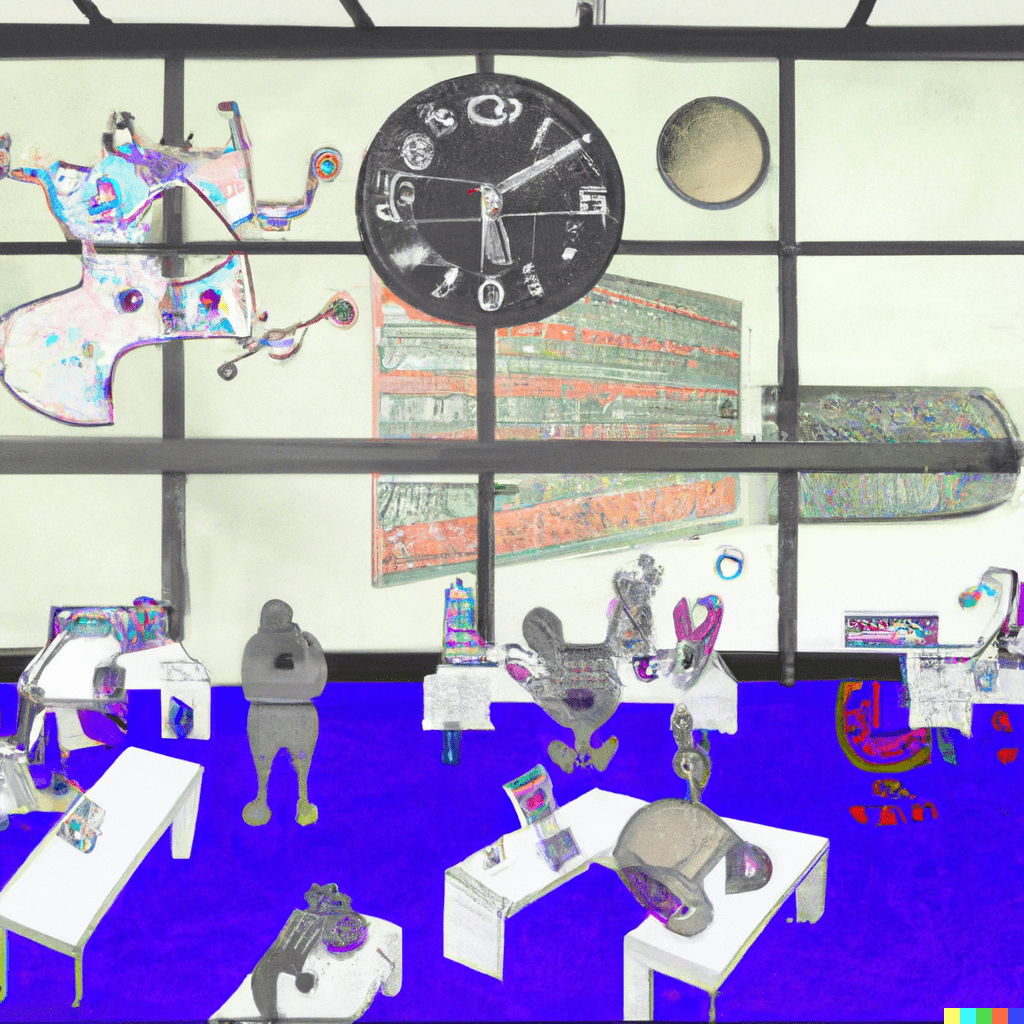Time Tracking - five recent trends
- Home
- Blog
Employee Time Tracking
Employees’ time tracking is the process of recording and monitoring the amount of time that an employee spends on work-related tasks and in tak management. This can be done through a variety of methods, such as manual time sheets, electronic time tracking software, or biometric systems.
One of the main benefits of employees’ time tracking is that it allows managers to accurately measure and analyze the productivity of their workforce. By knowing how much time is being spent on different tasks and projects, managers can identify areas where improvements can be made and make data-driven decisions about staffing and resource allocation. Additionally, time tracking can be used to ensure compliance with labor laws and regulations, and to calculate payroll and other employee-related expenses.
However, employees’ time tracking can also have some drawbacks, such as the potential for it to be viewed as an invasion of privacy or a lack of trust in employees. Additionally, if not implemented properly, time tracking can also lead to increased stress and anxiety for employees, who may feel pressured to constantly be “on the clock.” To mitigate these issues, it’s important for companies to clearly communicate the reasons for implementing time tracking, as well as to give employees a certain degree of autonomy and flexibility in how they manage their time.
The Trends
There is no denying that the way we work has changed significantly in recent years. Technology has made it easier than ever to stay connected and get things done, but it has also made it harder to disconnect and unplug. As a result, it has become increasingly important to track and measure productivity in order to stay on top of our work and maintain a healthy work-life balance. Here are the top five trends in tracking productivity:
Remote work
Remote work, also known as telecommuting or teleworking, is a type of work arrangement in which employees perform their job duties from a location outside of the office, such as from home, a co-working space, or a remote location. This can be done on a full-time or part-time basis, and is made possible by advancements in technology such as high-speed internet, cloud computing, and video conferencing.
Remote work can have many benefits for both employees and employers. For employees, it can offer greater flexibility and autonomy in terms of when and where they work, as well as a better work-life balance. This can lead to increased job satisfaction, reduced stress, and improved mental and physical well-being. For employers, remote work can lead to cost savings on office expenses, increased productivity, and the ability to tap into a wider pool of talent.
However, remote work also has its challenges. One of the main challenges is maintaining a sense of cohesion and communication among team members who are not physically in the same location. Additionally, remote workers may face isolation and distractions that can affect their productivity. To address these issues, companies may use various tools like video conferencing, instant messaging, and project management software to keep remote teams connected and engaged.
What is employee monitoring
Employee monitoring is the practice of tracking and analyzing the activities and performance of employees in an organization.
Artificial intelligence
Artificial Intelligence (AI) is the simulation of human intelligence in machines that are programmed to think and learn. It involves the development of algorithms and computer programs that can perform tasks that normally require human intelligence, such as recognizing speech and images, making decisions, and solving problems.
AI is being used in a wide range of applications, from healthcare and finance to transportation and entertainment. Some of the benefits of AI include increased efficiency, improved decision-making, and the ability to automate repetitive tasks. However, there are also concerns about the impact of AI on employment and privacy. As the technology continues to advance, it will be important to address these issues and ensure that AI is used in an ethical and responsible manner.
Track time and manage Employee Compensation
Measuring employee productivity can be a challenging task, especially when it comes to determining the right level of employee compensation.
Wearables
Wearables, such as smartwatches and fitness trackers, can help track productivity by measuring things like steps taken, sleep patterns, and heart rate. This data can provide insights into an individual’s overall health and well-being, which can impact productivity.
Gamification
Gamification is the use of game-like elements in non-game situations to motivate and engage users. It can be a powerful tool for boosting productivity, as it can make tasks feel more like a game and less like work. For example, using a points system to track progress or providing rewards for completing tasks can help motivate employees to be more productive.
Collaboration tools
Collaboration tools, such as project management software and video conferencing platforms, have become essential for remote teams. These tools allow team members to stay connected and work together in real-time, which can help improve productivity and reduce the need for unnecessary meetings.
Productivity and metal health
Tracking your productivity and mental health can be a powerful way to identify areas for improvement and optimize your workflows.






